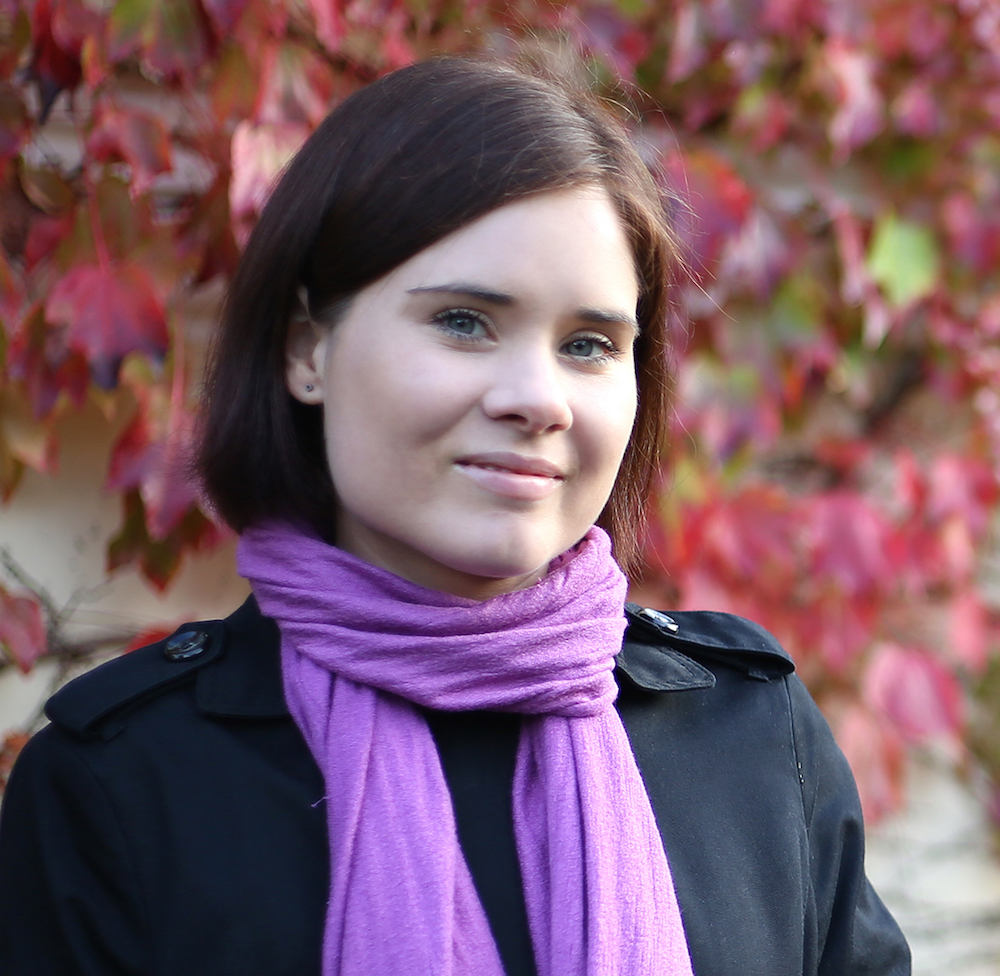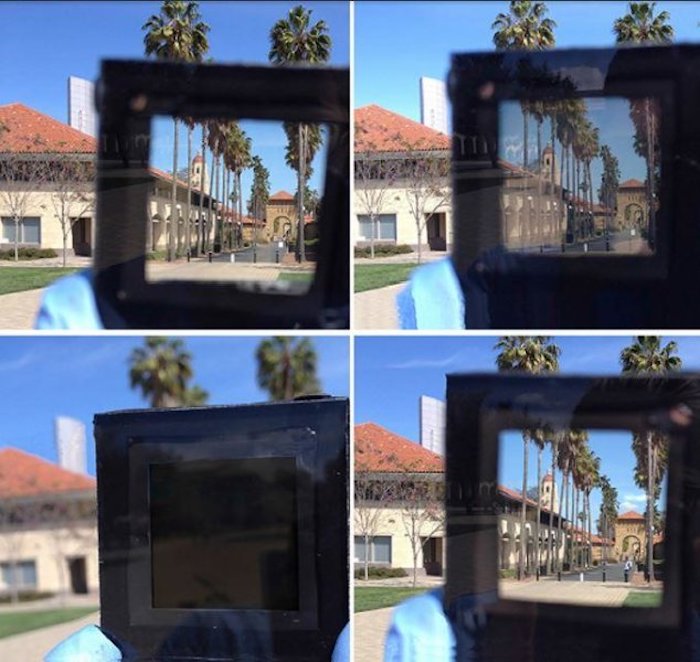Smart Shades: High-Tech Windows Can Turn Dark in Just 1 Minute
The smart windows, developed by engineers at Stanford University and described in a study published online Aug. 9 in the journal Joule, rely on a completely different principle compared to existing alternatives known as dynamic windows. The new approach uses a polymer gel containing metal ions applied on top of a transparent electrode. When voltage is applied, the metal ions plate the electrodes, blocking all wavelengths of light. After the opposite voltage is applied, the windows switch back to being transparent.
The new approach offers several advantages compared to existing electrochromic window technologies, said Michael McGehee, a professor of materials science and engineering at Stanford University, who led the research. [11 Odd and Intriguing Smart Home Technologies]
"Lots of people would like to have dynamically tinted windows, and I don't think that they are rushing to buy the available products, in part, because it's too expensive," McGehee told Live Science. "Available electrochromic windows have a couple of microns of relatively expensive electrochromic material. The process to put that material down is quite costly."
McGehee added that the process developed by his team, which involves injecting the polymer solution into the glass, is inherently less expensive and could pave the way for more widespread use of tinting windows, especially in construction.
The technology, according to McGehee, is so far used mostly in aircraft and cars. Boeing, for example, fitted tinting windows into its flagship 787 Dreamliner jet airliner. Some luxury carmakers also use electrochromic materials to manufacture rearview mirrors. But with lower costs, the use of this type of technology could expand further, the researchers said.
"They can be used in windows of all kinds of buildings, homes, larger commercial buildings," McGehee added. "We have been talking to automobile companies, and they are very interested in having it in the sunroof or in the back windows. Eyeglasses are an exciting application, especially for people who wear glasses all the time and need the prescription lenses."
In buildings, tinting windows could help slash the cost of heating and cooling by up to 20 percent, by allowing people to adjust how much light enters a room, McGehee said.
Get the world’s most fascinating discoveries delivered straight to your inbox.
In addition to the completely transparent or completely dark modes, the windows can be tinted partially, filtering out only some light, McGehee said. People inside the room would still be able to see outside clearly, similar to if they were wearing sunglasses.
"You can block 90 percent of the light to reduce the glare, but you can see what's out there," McGehee said. "It's not like if you have blinds or in an airplane — when you pull the plastic down, then your view is completely gone."
McGehee said that compared to earlier technologies, the new dynamic windows are more durable, thanks to the use of metal, which does not degrade due to sun exposure. During the experiment, theresearchers switched the windows on and off at least 5,500 times and saw no change in the transmission of light.
The windows also filter out all wavelengths equally, including blue, which earlier technologies let in more abundantly, according to the researchers.
"Some of the other windows look blue, and the people inside look blue since they let more blue light through than other wavelengths," McGehee said.
So far, the researchers have built small-scale prototypes that measure 10 square inches (25 square centimeters), but said they are already in talks with manufacturers that could help them scale up the technology.
Original article on Live Science.





